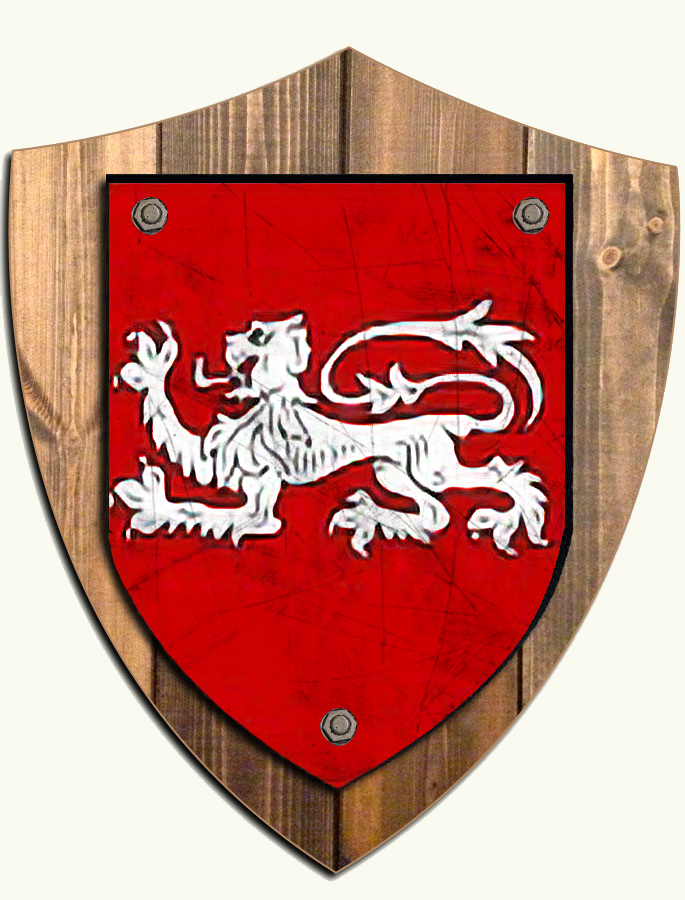 |
Ó Tuathail, O Toole
The O'Toole (Gaelic Irish: Ó Tuathail) family of Leinster, formerly one of the leading families of that province, are descended from Tuathal Mac Augaire, King of Leinster (died 958), who belonged to the Uí Dúnlainge dynasty. The first to use the surname in true hereditary fashion appears to have the grandson of Tuathal Mac Augaire, Doncaon, slain at Leighlin in 1014. Their original territory comprised the southern part of the present County Kildare but they were driven from it during the Anglo Norman invasion and settled in the mountains of what is now County Wicklow around Glendalough through the 12th century. The area they controlled was roughly identical to the old diocese of Glendalough, with the centre of their power in the region around the Glen of Imaal. Despite the proximity of Dublin, the centre of English rule in Ireland, the Ó Tuathail's maintained a fierce independence, and were a source of great fear to the inhabitants of Dublin and the Pale for almost four centuries. With their kinsmen the O'Byrne family, they were noted for their tough resistance to English domination, including exercising great influence over the foundation of the Confederation of Kilkenny in 1642 in what had become Confederate Ireland. At the start of the 16th century, there were five great houses, all, owing allegiance to "The O'Toole of Powerscourt" as the recognized chief. At the start of the 16th century, the leading branches of the clan were to a certain extent independent of each other; they were all bound to protect themselves; but in external matters affecting the whole clan they were bound to obey the head of the sept. Throughout their history the family were famous as soldiers, from fighting the English in the glens of Wicklow to serving in the armies of other Catholic European countries in the 18th century, such as France and Spain. A branch of the O'Tooles are also settled in counties Galway, Mayo and Cavan |